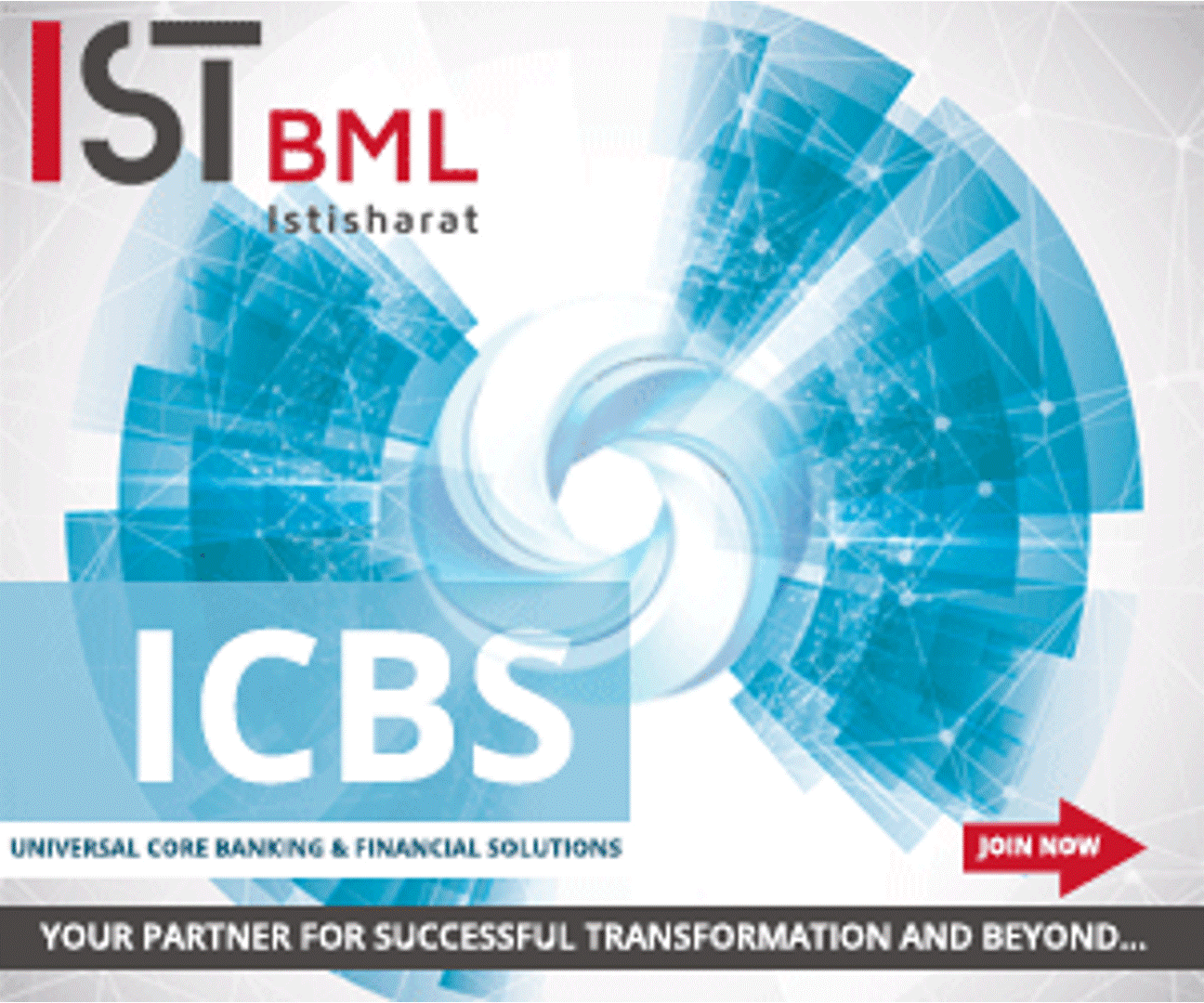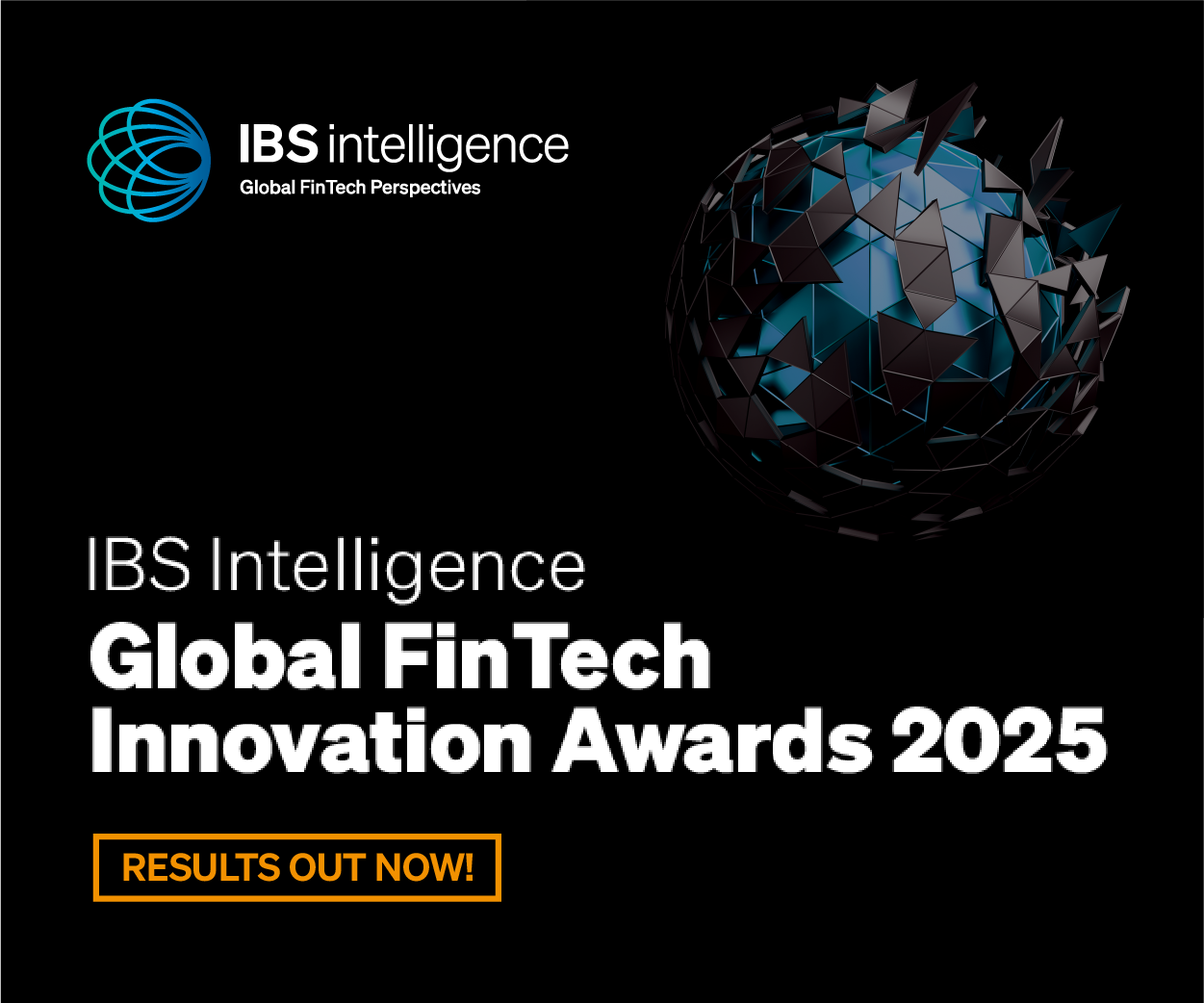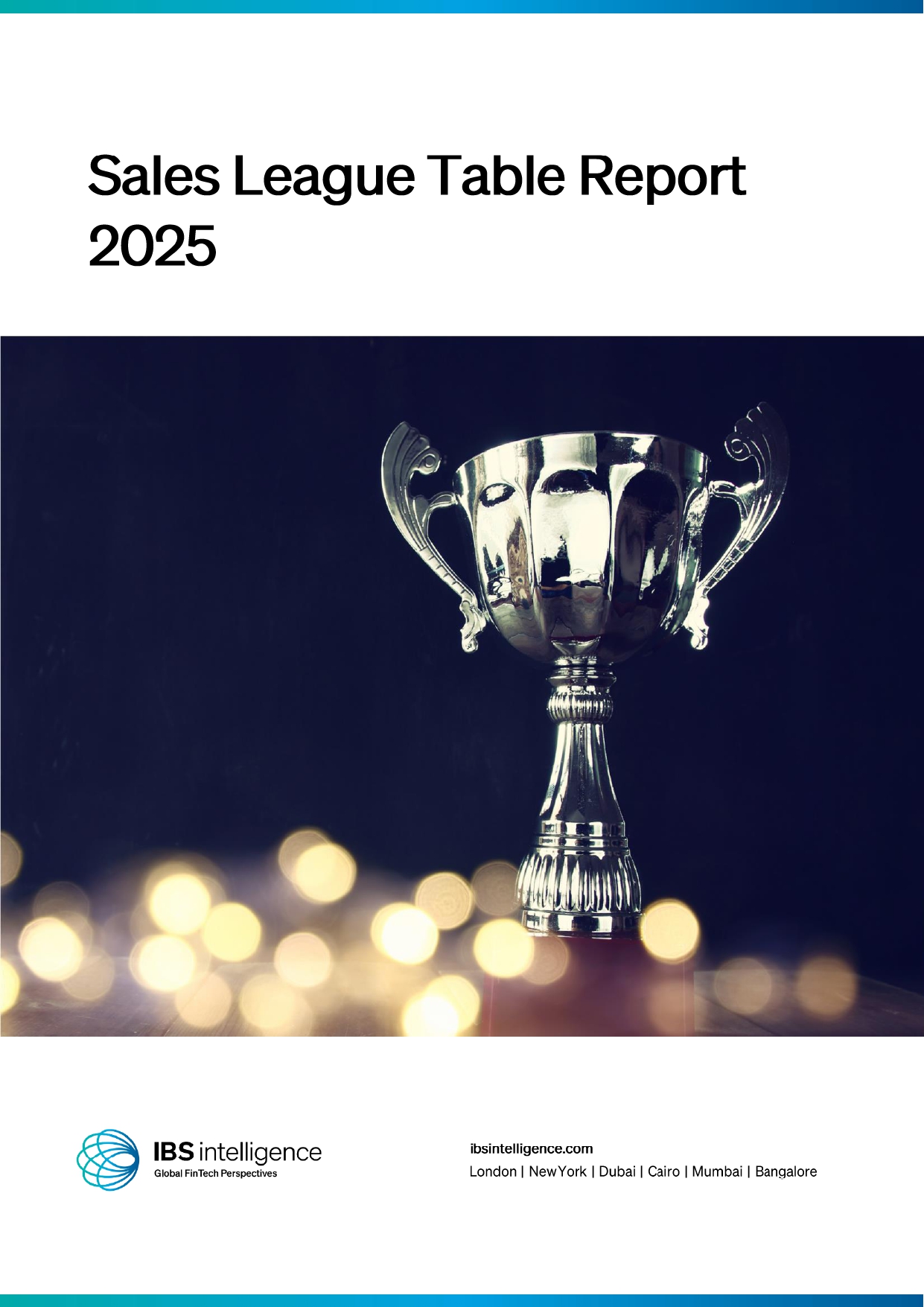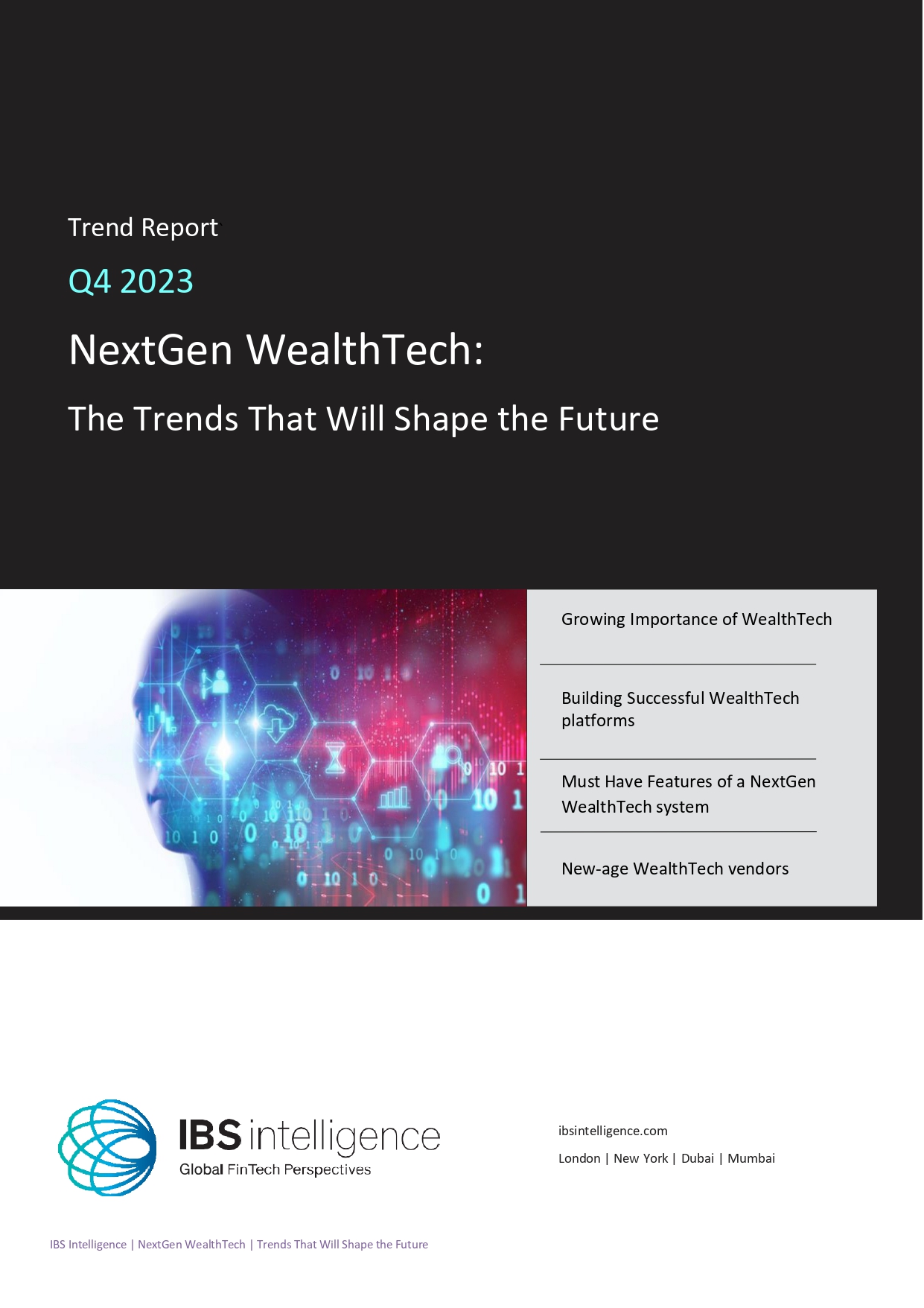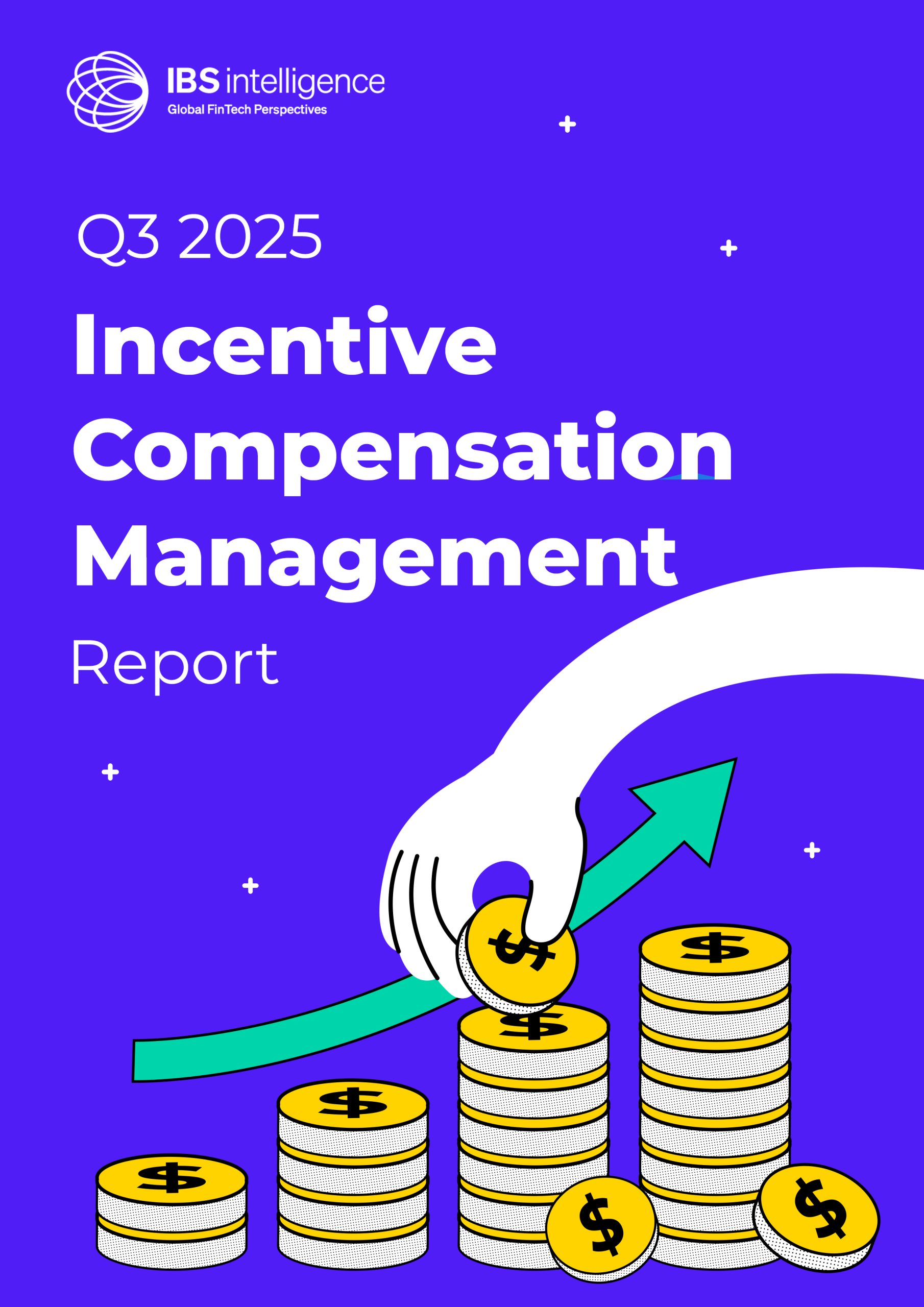 Back
Back
Digital intelligence for a greener banking future: Interview with Jo Paisley, President, GARP Risk Institute
By Vriti Gothi

As climate risks become central to financial stability discussions, Indian banks are under increasing pressure to strengthen their assessment, reporting, and disclosure frameworks. In this exclusive interview, Jo Paisley, President, GARP Risk Institute, shares her insights on how AI, FinTech innovation, and digital risk platforms can empower Indian banks to better manage climate-related risks, align with global frameworks, and build long-term resilience.
1. How can AI and digital risk management platforms help Indian banks assess and manage climate-related risks more effectively?
In my view, the greatest strength of AI and digital risk platforms is their ability to turn complexity into clarity. Climate-related data is vast, varied, and often messy, everything from weather trends to emissions exposure in carbon-intensive sectors. AI systems can ingest all of this and surface patterns or vulnerabilities that would remain hidden in traditional approaches.
For Indian banks, this means being able to detect, for example, which portfolios are unusually exposed to floods, droughts, heatwaves, or are at risk of sudden policy shifts (for instance, carbon taxes or green lending mandates). If you integrate these tools into your existing risk framework, the result is real-time scenario analysis, prioritised risk flags, and smarter capital allocation.
At GARP, we educate individuals to make informed decisions faster and stay better aligned with evolving regulations amid rapidly progressing risk factors while managing stakeholder expectations at their workplaces.
2. What role can FinTech solutions play in enabling Indian banks to conduct climate scenario analysis and stress testing, and how does this compare to global best practices?
FinTech solutions offer increased flexibility, allowing for scenario analysis and stress testing. This approach is relevant in the context of climate change, as historical data may not always accurately predict future outcomes. Various climate pathways have been developed by organisations such as the IPCC and NGFS, among others, which can be used to assess the potential effects of different physical and transition risks on an organisation’s balance sheet, liquidity, and profitability.
In India, FinTech platforms can be especially powerful because they can embed localised climate data, sectoral nuances (e.g. agriculture, monsoon-affected regions, energy-intensive industries) and domestic regulatory inputs. A growing number of global financial institutions are using physical risk assessment models, offered by third-party climate risk vendors, to assess and measure physical risk exposures. GARP recently collaborated with the UK’s Climate Financial Risk Forum (CFRF) to run a benchmarking study of 13 global vendors and their physical risk assessment models. The report, scheduled to be published by CFRF and GARP on 23 October, provides a checklist that Indian financial institutions can refer to when evaluating the use of 3rd party vendor physical risk models in their climate risk assessment and reporting initiatives.
If Indian banks treat scenario tools as integrated systems and strategically include proprietary vendor models in their climate risk frameworks, they can more effectively identify stress points, test resilience, and respond to threats and opportunities proactively.
3. Given the current disclosure gaps in Scope 1, 2, and 3 emissions among Indian banks, how can technology solutions help improve data collection, monitoring, and reporting?
One of the biggest challenges in climate risk is data especially for Scope 3 (value-chain) emissions. But technology provides opportunities to help.
Here’s how:
• Centralization & automation: Cloud-based ESG platforms can pull in data from operations, energy usage, and the supply chain.
• IoT & sensors: Real-time monitoring (for example, of energy consumption in branches or third-party operations) helps reduce estimation errors.
• AI/analytics: These layers can detect data anomalies, benchmark performance across peers, and generate audit-ready, standardized reports.
For banks in India, adopting these tools helps close disclosure gaps, gives confidence to investors and regulators, and aligns with globally accepted frameworks (like TCFD, PCAF, etc.). GARP’s SCR Program can also help build capacity on transition planning and carbon reporting, including practical case studies linked to 3rd party vendor models applied by financial institutions around the world.
4. How can digital tools help banks align with global frameworks such as TCFD, PCAF, or SCR® while complying with RBI’s upcoming climate disclosure mandates?
Digital risk tools can map climate data and risk metrics directly to global reporting standards ensuring alignment with a variety of standards, such as IFRS S2 Climate-related Disclosures, and various more regionally focused sustainability reporting frameworks. These platforms can even generate automated disclosures, scenario analyses, and dashboards tailored for RBI’s reporting expectations. By centralizing data from multiple business units and portfolios, banks can maintain regulatory compliance while benchmarking against global peers.
5. In what ways can Fintech-driven knowledge platforms and risk analytics tools assist bank leaders and risk teams in building capacity for climate risk management?
FinTech-powered platforms combine learning modules, analytics, and scenario-based simulations to upskill risk teams on climate risk concepts, regulatory expectations, and mitigation strategies. Leaders can use interactive dashboards to explore portfolio vulnerabilities, stress-test assumptions, and identify priority actions. Applied knowledge embedded in professional risk certification programs, like GARP’s FRM designation and SCR and RAI Certificates, build expertise in globally accepted risk practices that can help guide banks in their decision-making processes, building both technical capability and strategic acumen.
IBSi FinTech Journal

- Most trusted FinTech journal since 1991
- Digital monthly issue
- 60+ pages of research, analysis, interviews, opinions, and rankings
- Global coverage

